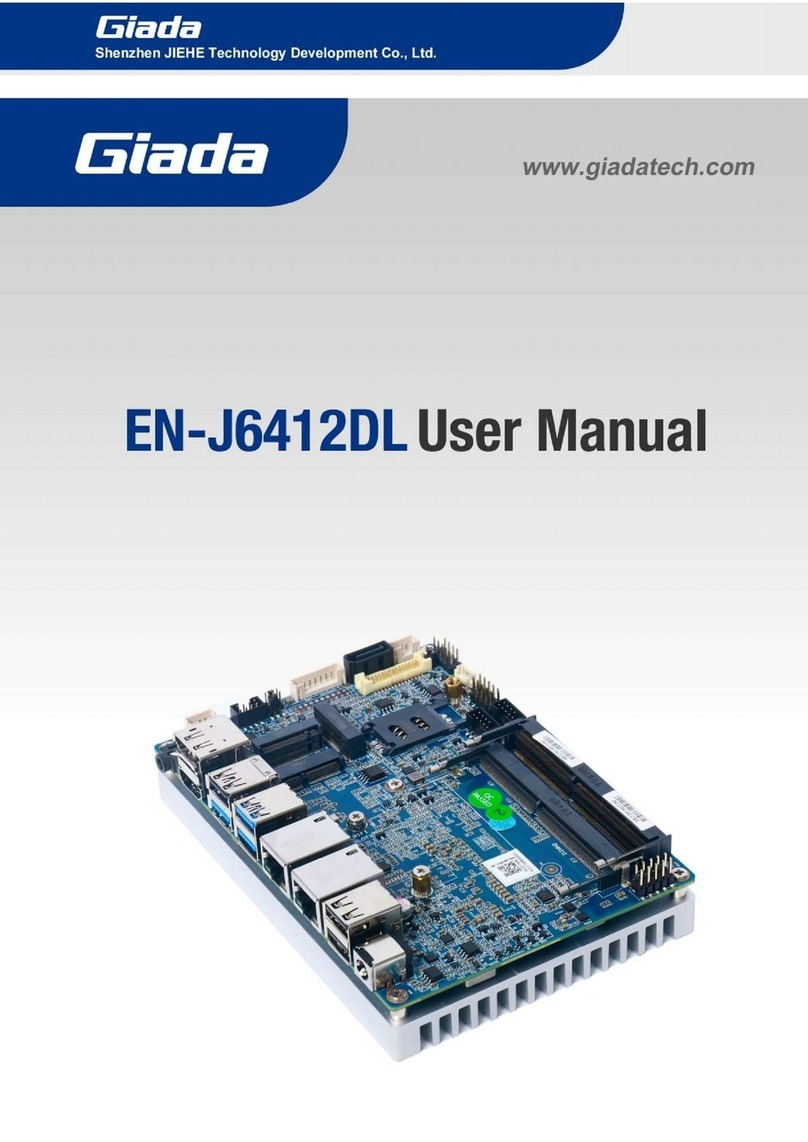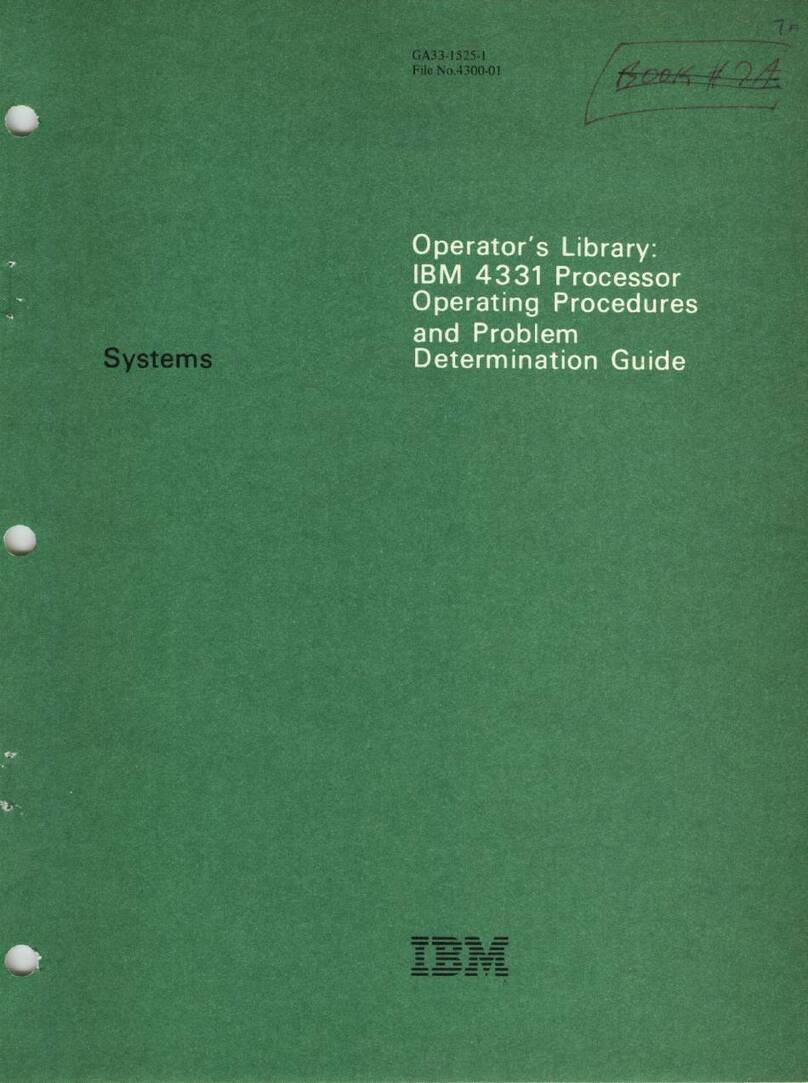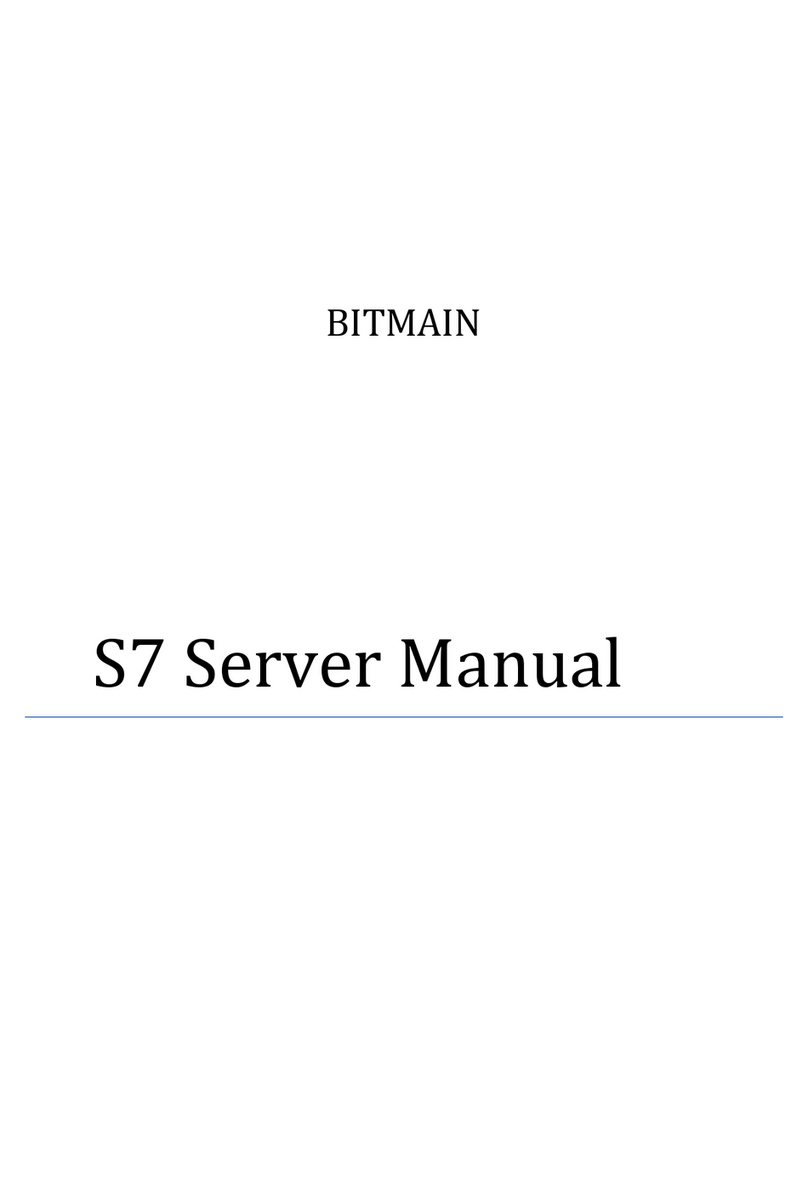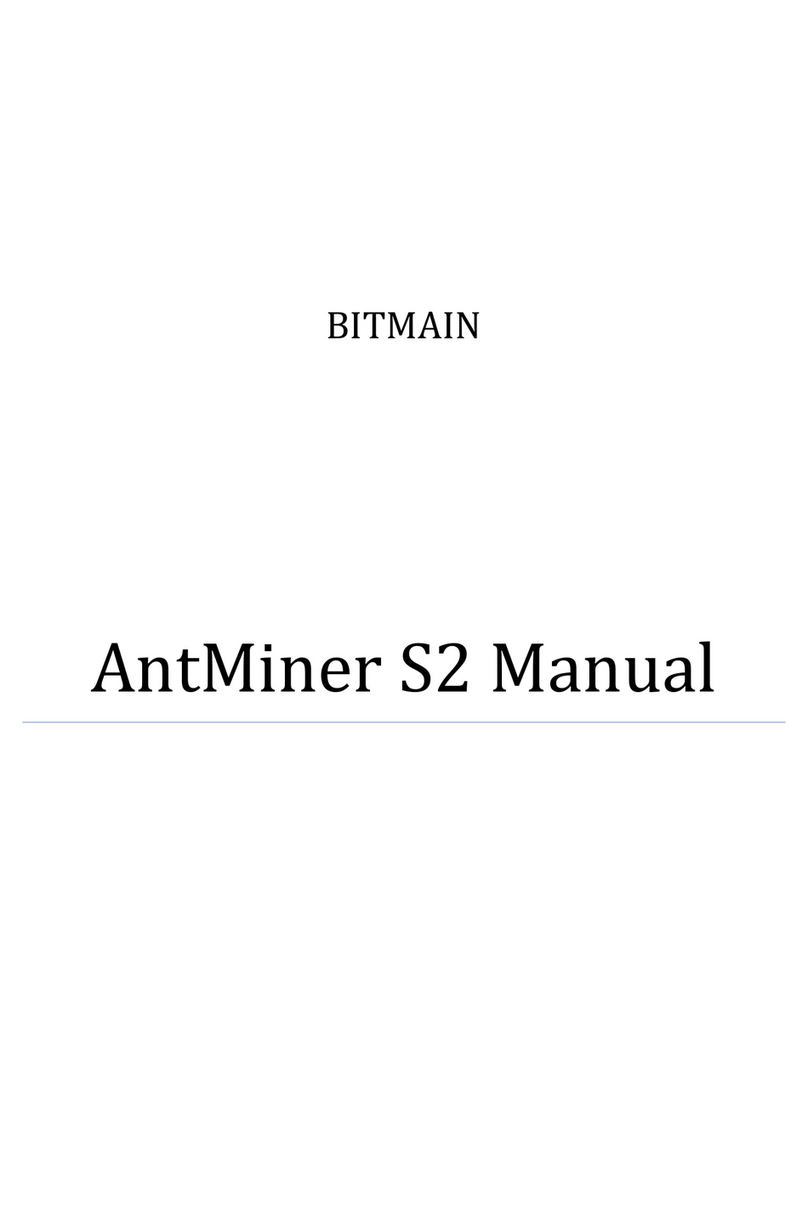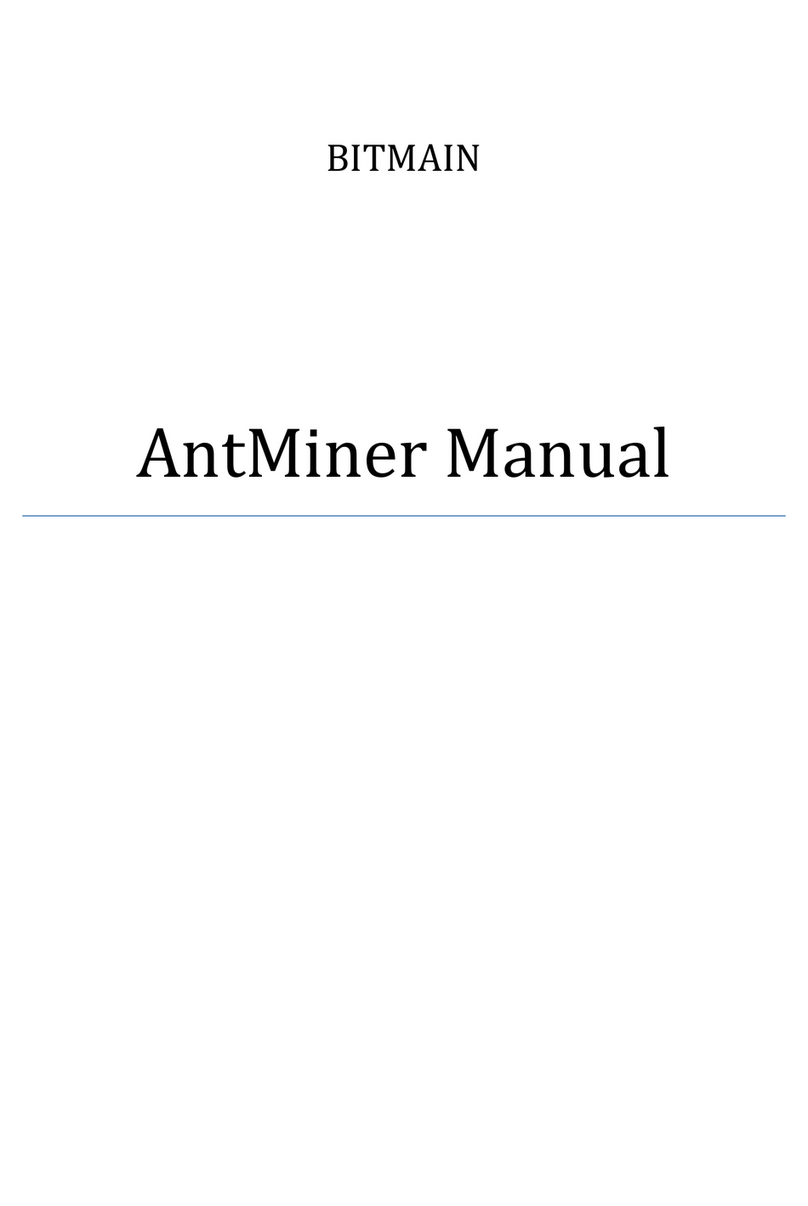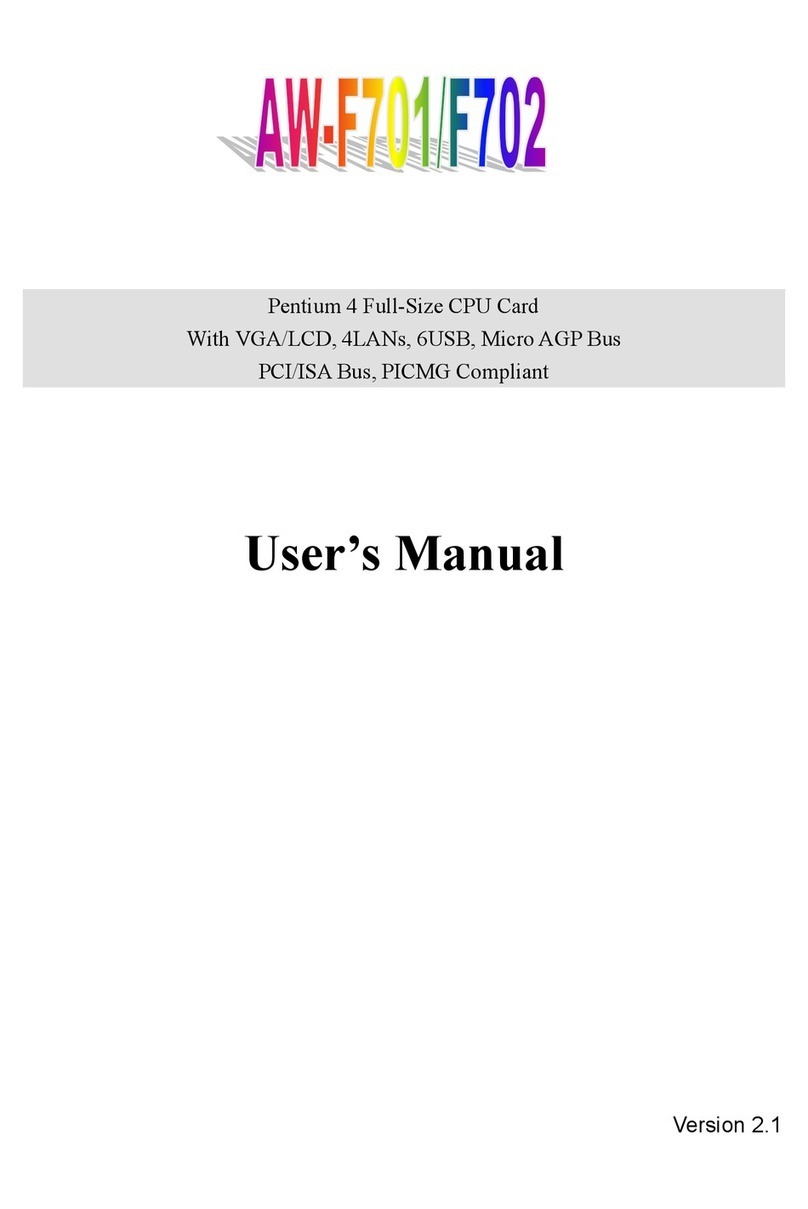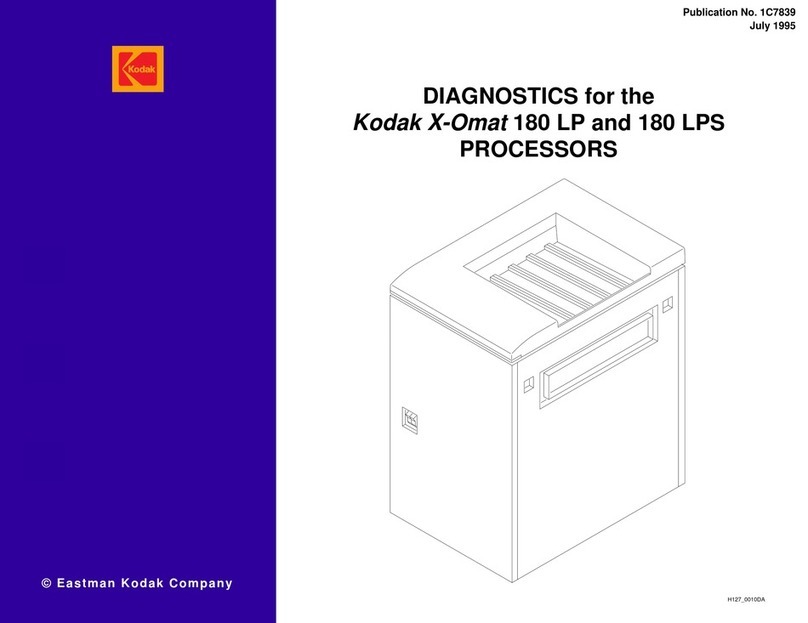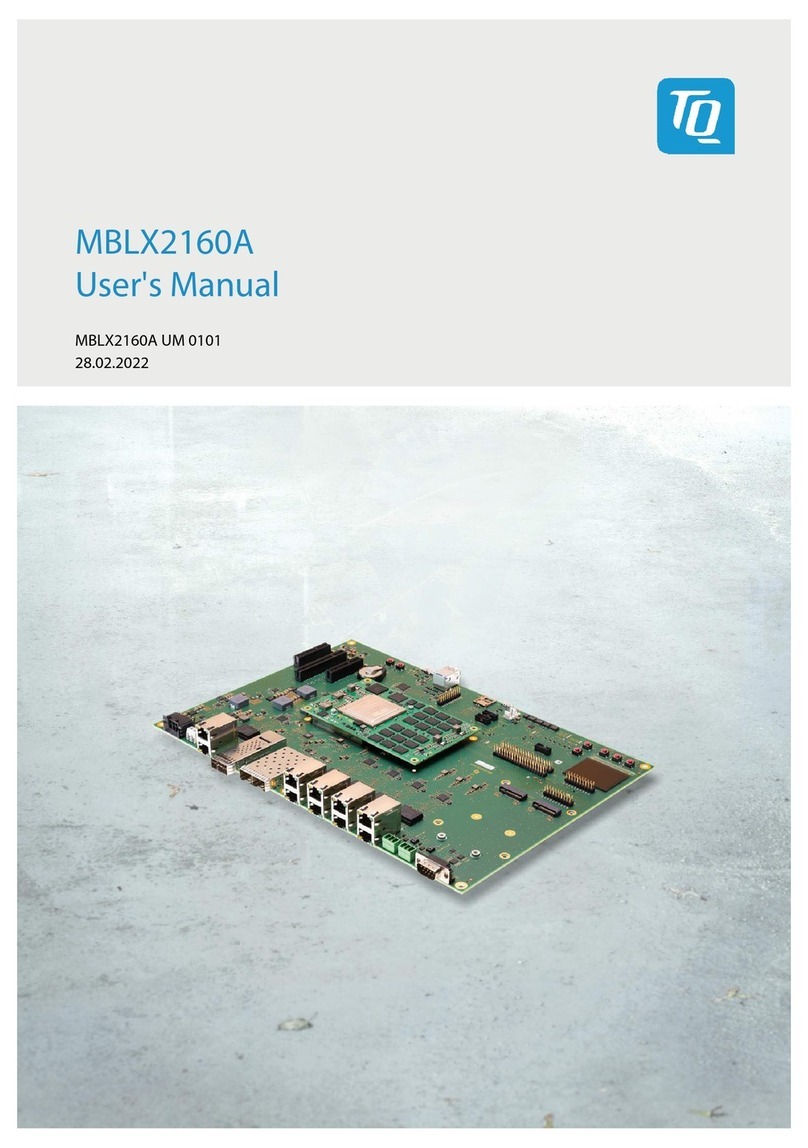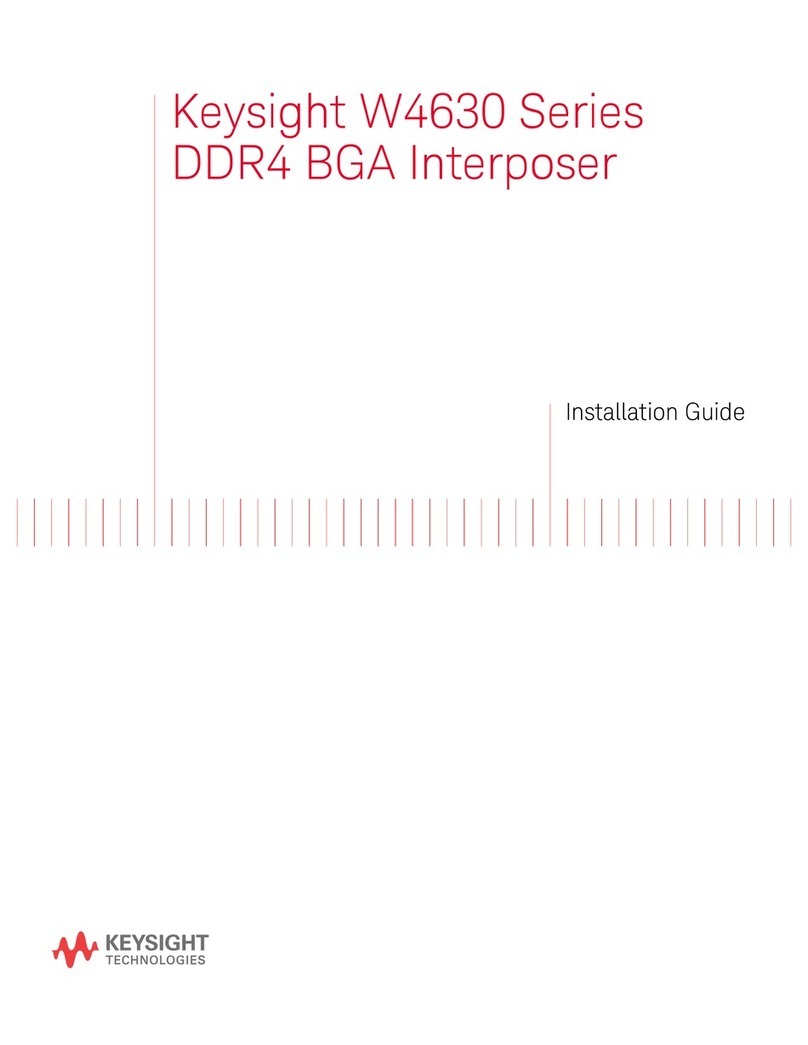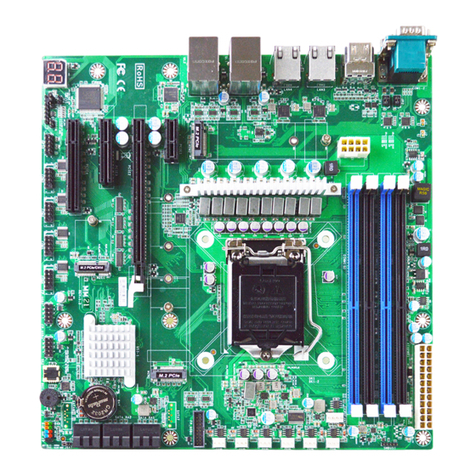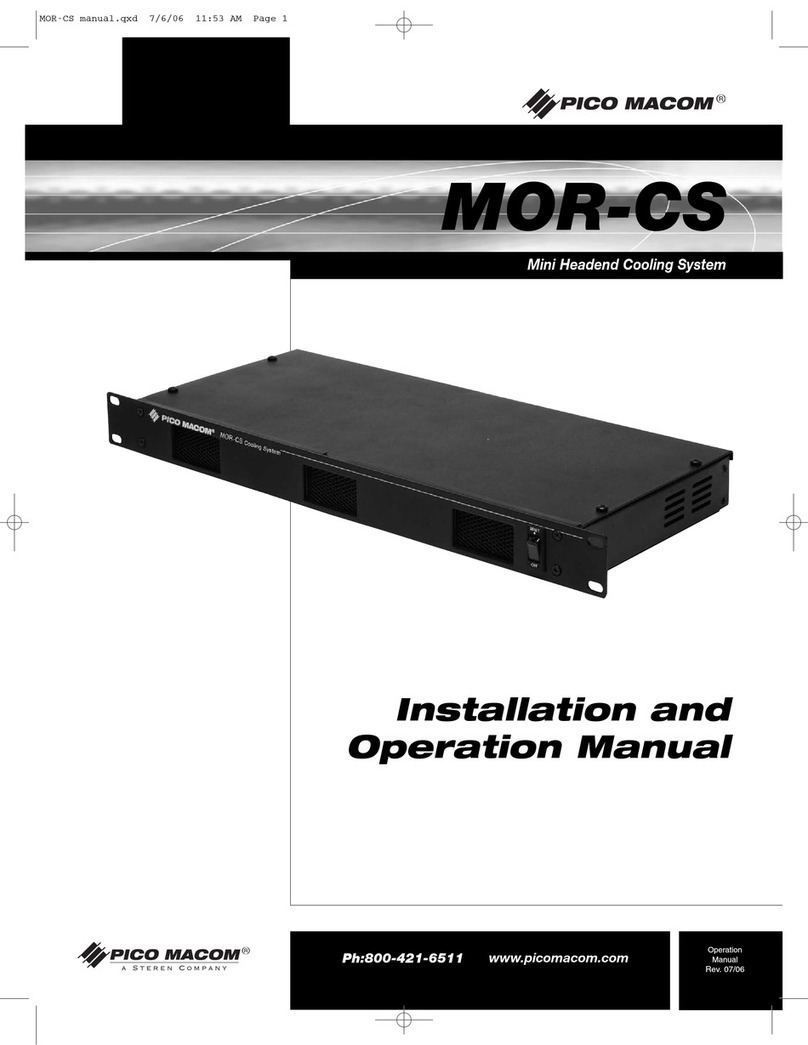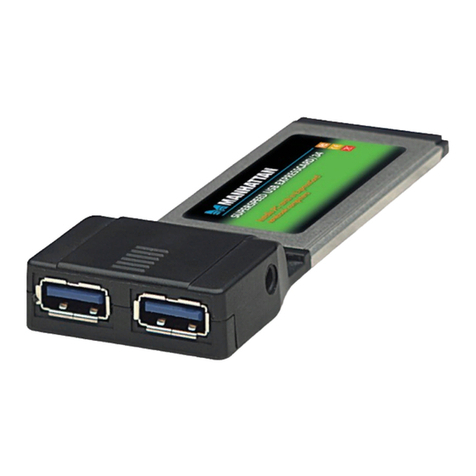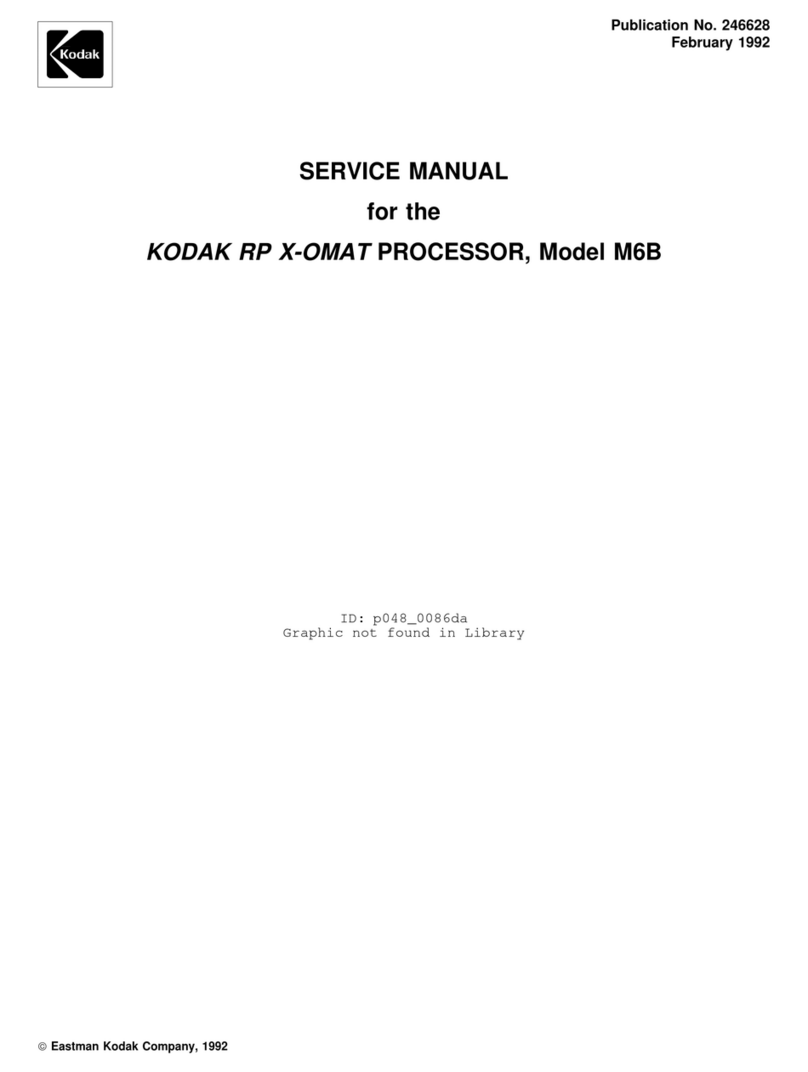
S17 Maintenance Guide
3.2.If power supply is normal and voltage domains also have voltages, detect the RI signal of chip to see whether
RI signal has 1.8V voltage. Detect RI signal from the test point of the last chip. If the last chip has, detect No. 20
chip to see whether it has RI-1.8V, and so forth, until find the chip that has no RI output voltage. Firstly, detect
the 1.8V power supply of this chip. If there is no 1.8V power supply, detect 1.8V power supply circuit. 1.8V power
supply circuit supplies power to LDO pin 1 via voltage division of voltage domains, LDO pin 5 outputs 1.8V voltage
(each voltage domain has a -1.8V LDO to supply power for chip). No output means the malfunction of this LOD. If
there is no problem with 1.8V, detect the resistance to ground of test point and compare with OK board after
power cutoff, to check for resistance anomaly. If the resistance and soldering are both normal, it should be the
anomaly of this chip. (Remove the chip, re-solder the chip to a good board and test again. If there is still no RI
signal, it means the chip is damaged and just replace the chip).
5.2 The phenomenon of malfunction ASIC=7
Analysis: ASIC=7
1. If 7 chips can be found in single board test, RI signal is normal. If No.8 chip cannot be found, we will directly
detect the U198-CLK-RST-CO voltage of No. 7 chip to see if the power supply is normal. If CLK does not have
0.8V voltage, check the supply circuit of CLK.
2. CLK circuit analysis: if CLK does not have 0.8V, check if the 0.8 V power supply of the voltage domain of the
poor chip is normal. 0.8V power supply circuit is obtained via voltage division of voltage domains, the same
as the power supply of 1.8V. Pin 5 outputs 0.8V. The maintenance method of 1.8V can be regarded as a
reference (note: 2 chips out of 4 chips in each domain of S17 output 0.8V LDO power supply, and each LDO
supplies 2 chips).
1.8V 供电电路
1.8V Power Supply Circuit
